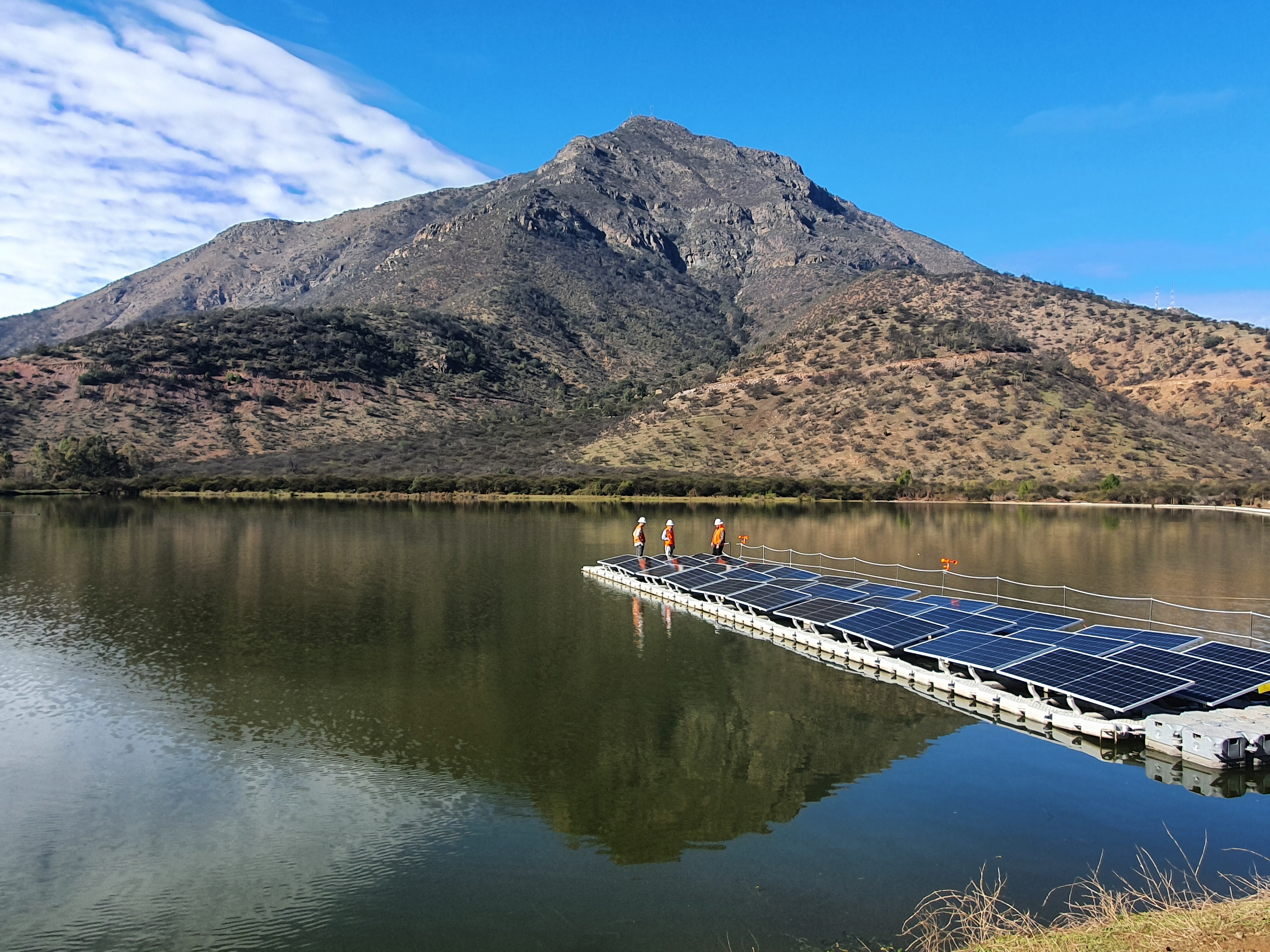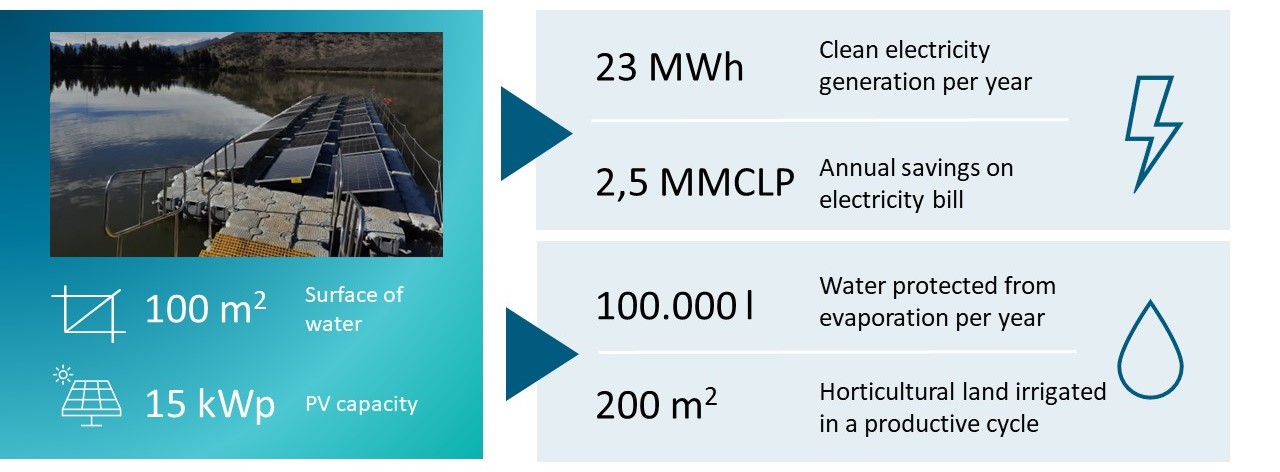Climate Change and Water Crisis
Chile is one of the countries that is being most affected by Climate Change, meeting seven of the nine vulnerability criteria, including arid and semi-arid zones and areas prone to drought and desertification. The water crisis is already a reality.
Due to poor management and increased water demand, this crisis may intensify, affecting, above all, agriculture throughout the country, which is the main consumer of the resource (88% of available water).
To ensure the country's development in a sustainable way, it is necessary to mitigate its effects: how? with the generation of clean energy and greater efficiency in the use of water.
 Fraunhofer Chile Research
Fraunhofer Chile Research



